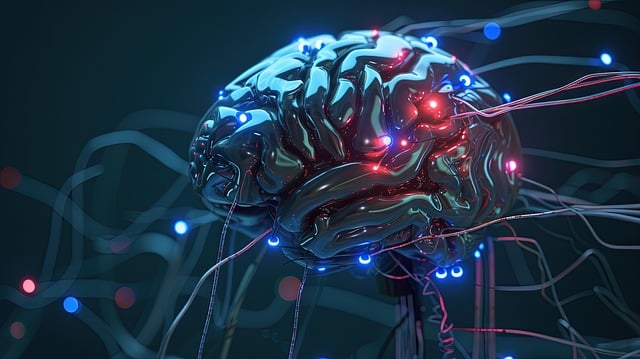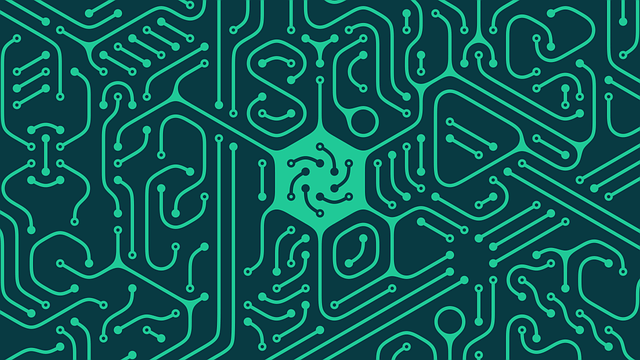Transfer Learning: What It Is and How to Use It? Transfer learning is a powerful technique in the field of machine learning and artificial intelligence that allows models to leverage knowledge from one task to improve performance on another. Instead of training a model from scratch, transfer learning enables the reuse of pre-trained models, saving time, computational resources, and data. This approach has become increasingly popular in domains like computer vision, natural language processing, and speech recognition. Whether you’re working on image classification, sentiment analysis, or even healthcare diagnostics, transfer learning can be a game-changer.
Why Transfer Learning Matters
In today’s fast-paced world, businesses and researchers are constantly looking for ways to accelerate development and reduce costs. Transfer learning addresses these needs by allowing you to build on existing models rather than starting from zero. This is particularly useful when you have limited data or computational power. By understanding how to use transfer learning effectively, you can achieve state-of-the-art results with minimal effort.
Understanding the Basics of Transfer Learning
Transfer learning involves taking a pre-trained model, typically trained on a large dataset, and adapting it to a new but related task. For example, a model trained on millions of images for object recognition can be fine-tuned to identify specific types of medical images. The key idea is that the features learned by the model during its initial training are often transferable to other tasks.
This process usually involves two main steps: feature extraction and fine-tuning. In feature extraction, the pre-trained model is used as a fixed feature extractor, and only the final layers are trained on the new dataset. In fine-tuning, some of the pre-trained layers are also updated to better suit the new task. Both approaches have their advantages, and the choice depends on the size and similarity of the new dataset to the original one.
Applications of Transfer Learning
Transfer learning has found applications in a wide range of fields. In computer vision, it is used for tasks like image classification, object detection, and facial recognition. For instance, models like ResNet and VGG, pre-trained on ImageNet, are often fine-tuned for specific image recognition tasks.
In natural language processing, transfer learning has revolutionized the field with models like BERT and GPT. These models, pre-trained on massive text corpora, can be fine-tuned for tasks like sentiment analysis, text summarization, and question answering. This has significantly reduced the time and data required to build high-performing NLP systems.
In healthcare, transfer learning is being used to analyze medical images, predict patient outcomes, and even discover new drugs. By leveraging pre-trained models, researchers can achieve accurate results even with limited medical data.
How to Implement Transfer Learning
Implementing transfer learning involves several steps. First, you need to choose a pre-trained model that is suitable for your task. Popular choices include models like ResNet, Inception, and MobileNet for computer vision, and BERT, GPT, and ULMFiT for NLP.
Next, you need to prepare your dataset. This involves cleaning and preprocessing the data to ensure it is compatible with the pre-trained model. For example, images may need to be resized, and text may need to be tokenized.
Once your data is ready, you can start the transfer learning process. If you are using feature extraction, you will freeze the layers of the pre-trained model and only train the final layers. If you are fine-tuning, you will unfreeze some of the layers and train them along with the new layers.
Finally, you need to evaluate the performance of your model and make any necessary adjustments. This may involve tweaking hyperparameters, adding more data, or trying different pre-trained models.
Benefits of Transfer Learning
One of the biggest benefits of transfer learning is that it reduces the need for large amounts of labeled data. Labeling data can be time-consuming and expensive, especially in fields like healthcare and finance. Transfer learning allows you to achieve good results with smaller datasets.
Another benefit is the reduction in computational resources. Training deep learning models from scratch can require significant computational power and time. By using pre-trained models, you can save on both.
Transfer learning also enables faster development cycles. Instead of spending weeks or months training a model, you can fine-tune a pre-trained model in a matter of hours or days. This is particularly useful in industries where time-to-market is critical.
Challenges and Limitations
While transfer learning offers many advantages, it is not without its challenges. One of the main challenges is ensuring that the pre-trained model is suitable for the new task. If the original task is too different from the new one, the transferred features may not be useful.
Another challenge is overfitting. When fine-tuning a model on a small dataset, there is a risk that the model will overfit to the new data, resulting in poor generalization. This can be mitigated by using techniques like data augmentation and regularization.
Finally, transfer learning requires a good understanding of both the pre-trained model and the new task. This can be a barrier for beginners, but with practice and experience, it becomes easier to implement effectively.
Conclusion
Transfer learning is a powerful technique that has transformed the field of machine learning. By leveraging pre-trained models, you can achieve state-of-the-art results with less data and computational resources. Whether you’re working on computer vision, natural language processing, or healthcare, transfer learning can help you accelerate your development and improve your outcomes. While there are challenges, the benefits far outweigh the limitations, making transfer learning an essential tool in any machine learning practitioner’s toolkit.






